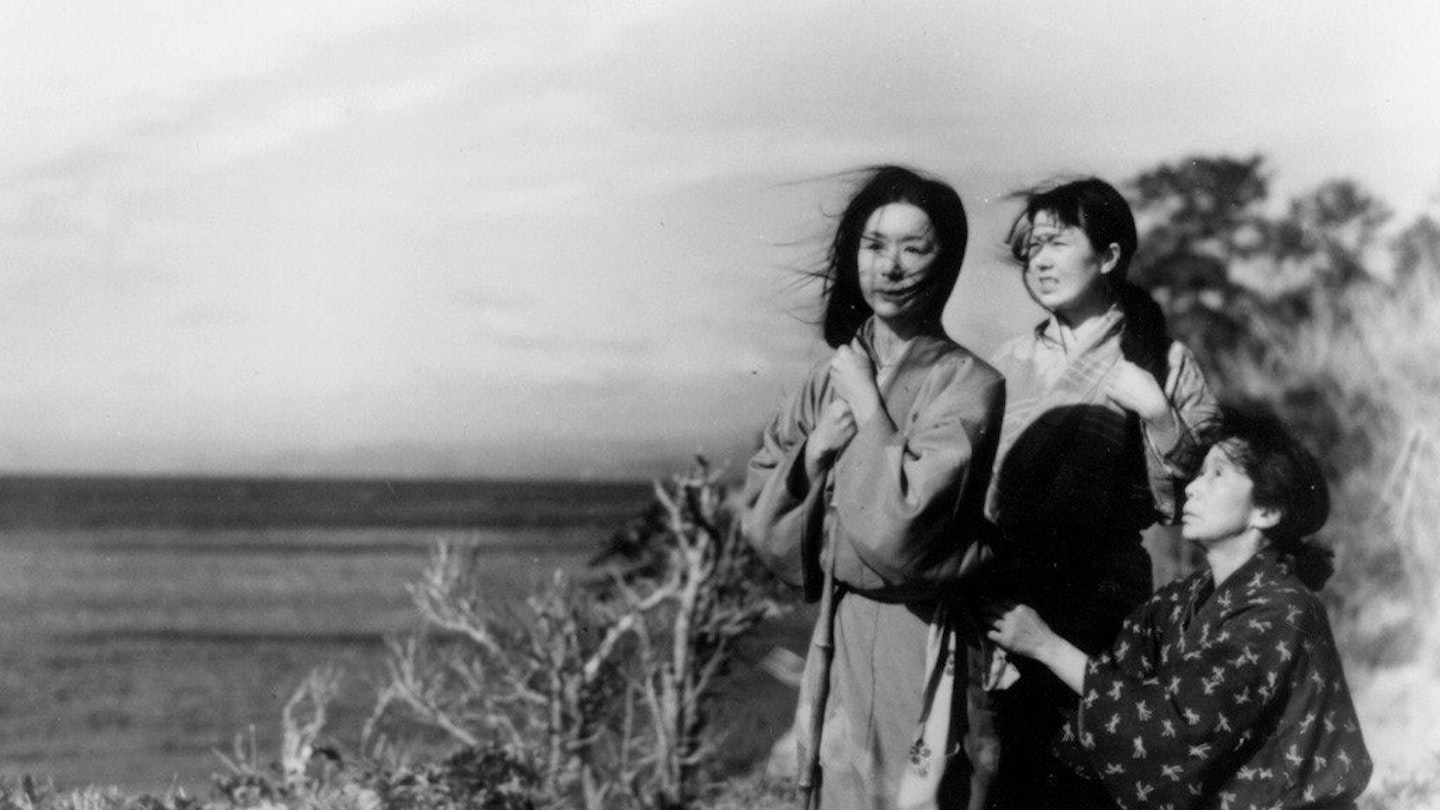Based on the novel by Ogai Mori, which was itself inspired by a traditional Japanese folk tale, this is one of the few Kenji Mizoguchi films to centre on a male protagonist. However, Zushio's redemption owes much to the courage and sacrifice of the women around him - Namiji (Noriko Tachibana), the elderly slave who serves as his surrogate mother and whose cruel exile from Sansho's estate prompts the recollection of his father that renews his sense of decency; Anju, the sister who drowns herself so as not to hinder his mission; and Tamaki, the doting mother who never gives up hope that she will be delivered from her exploitation on Sado Island.
Water and fire are key to the imagery of this classic quest storyline. But, while the setting may be the 11th century, Mizoguchi explores the idea that humanity is debased without pity to consider the recent clash between liberal benevolence and totalitarian tyranny. Mizoguchi's humanism may have been less idealistic than in his first golden phase in the 1930s, but his loathing of subjugation and injustice was just as strong. However, it finds more eloquent expression in his later career, thanks to his mastery of technique.
Cinematographer Kazuo Miyagawa had pioneered the use of tracking and crane shots to duplicate the composition and mood of traditional Japanese painting in collaboration with the prolific, but little seen Hiroshi Inagaki. So, he was perfectly in tune with Mizoguchi's emphasis on the diagonal elements within the frame and his subtle use of camera movement and distance to keep the figures located within their symbolic environment. Whether following the characters to bind the viewer into the drama or retreating to a contemplative distance (which had been his preferred style in his earlier career), Mizoguchi sought to suggest both the realism of the action and its location within a wider world, a tactic that culminated in the concluding shot in which the Miyagawa accompanies Yoshiaki Hanayagi as he nears his reunion with the now blind Kinuyo Tanaka before pulling upwards to reveal the beachcomber gathering seaweed following the tidal wave.
